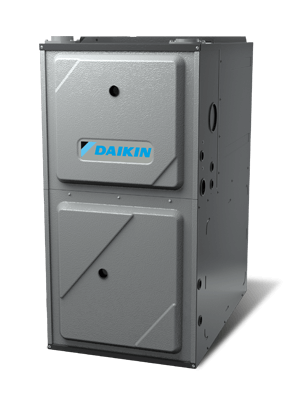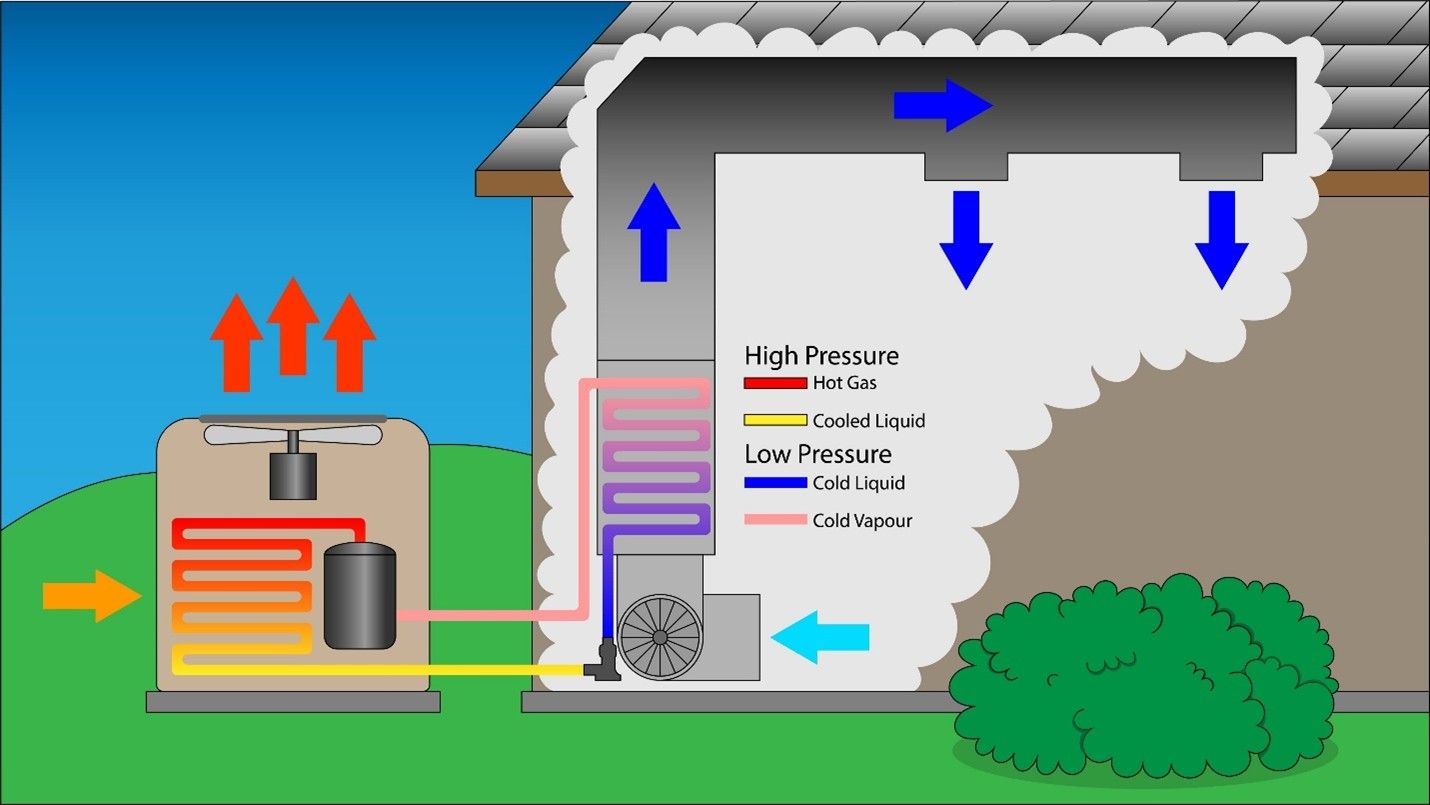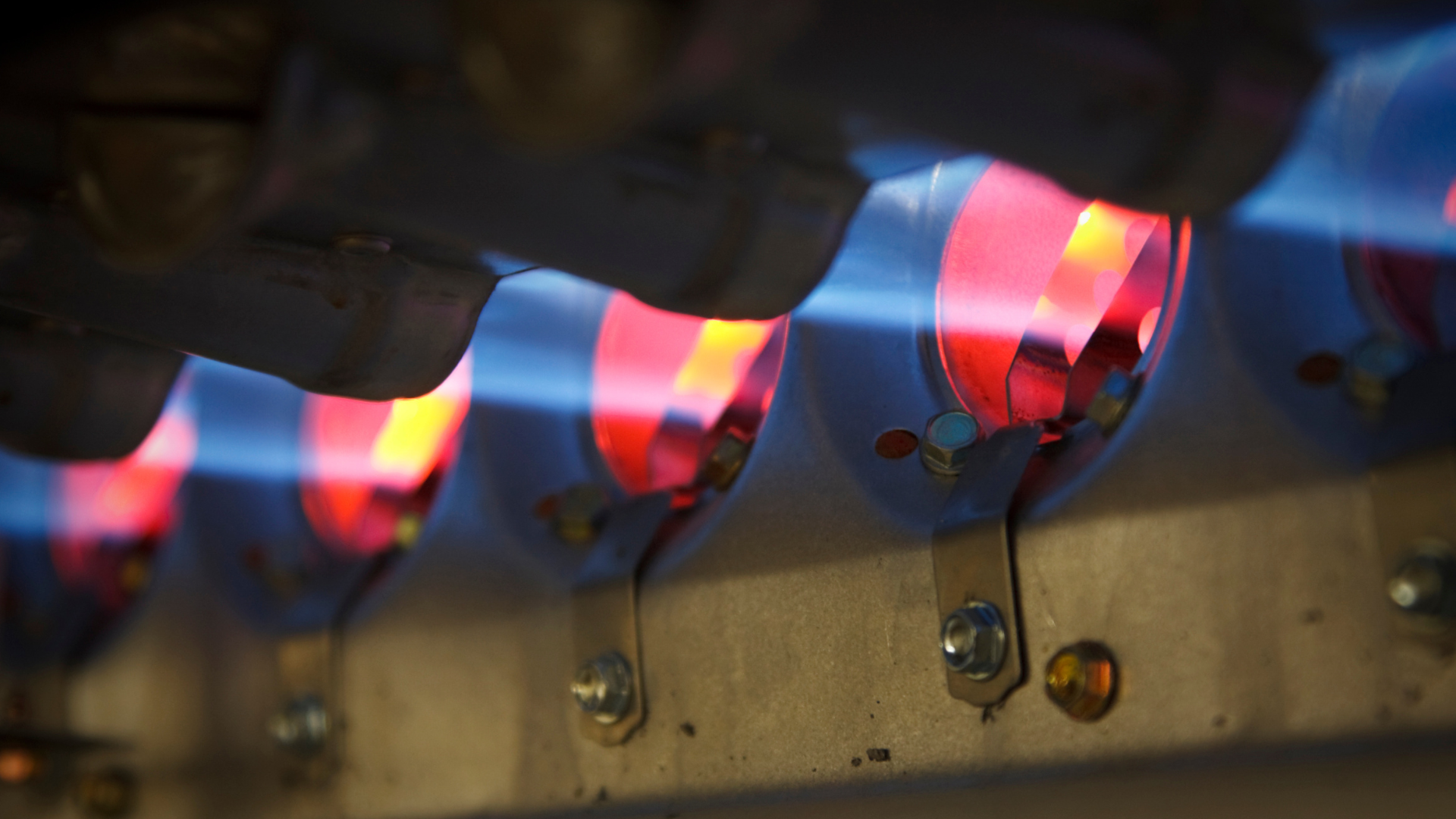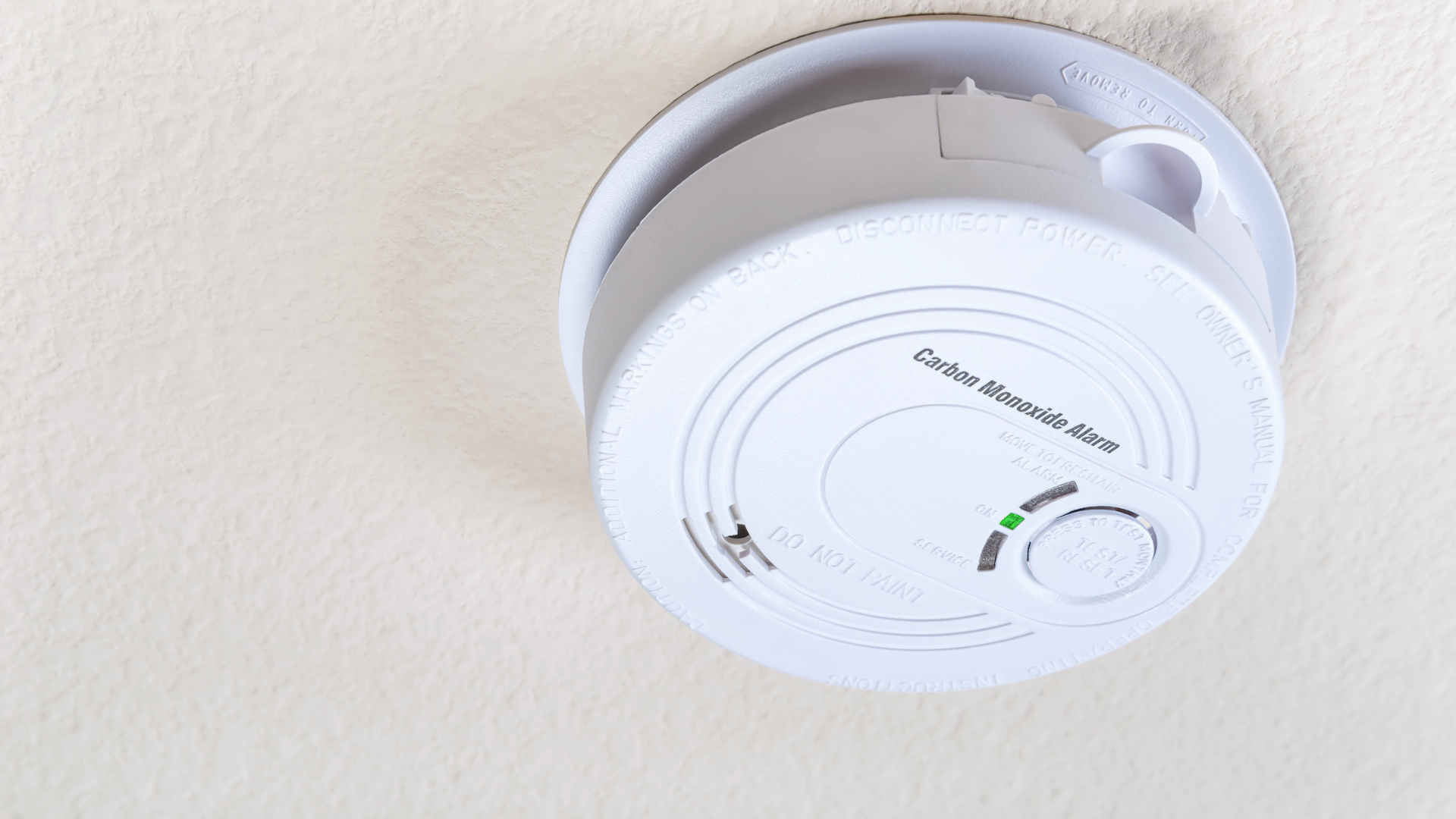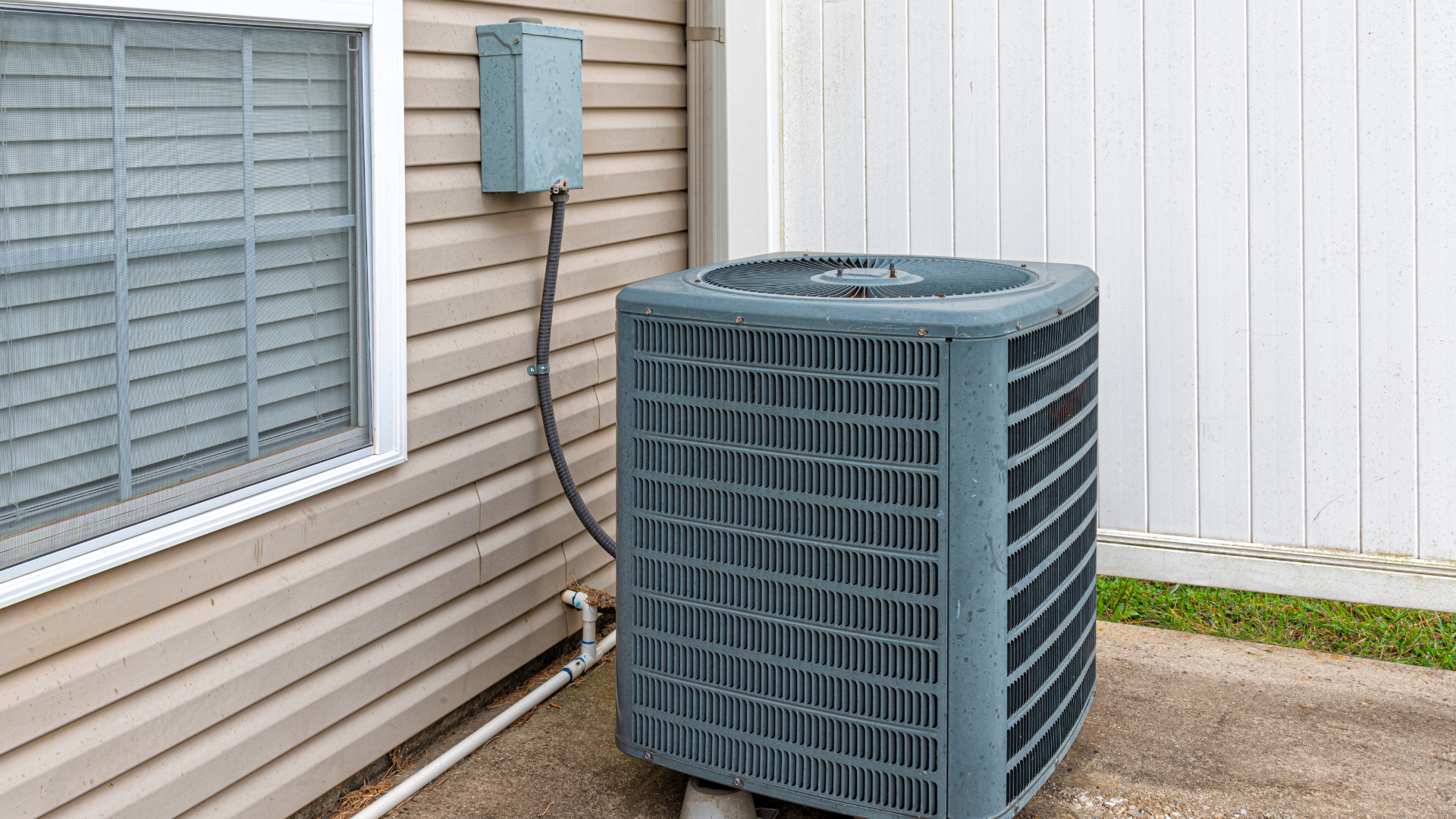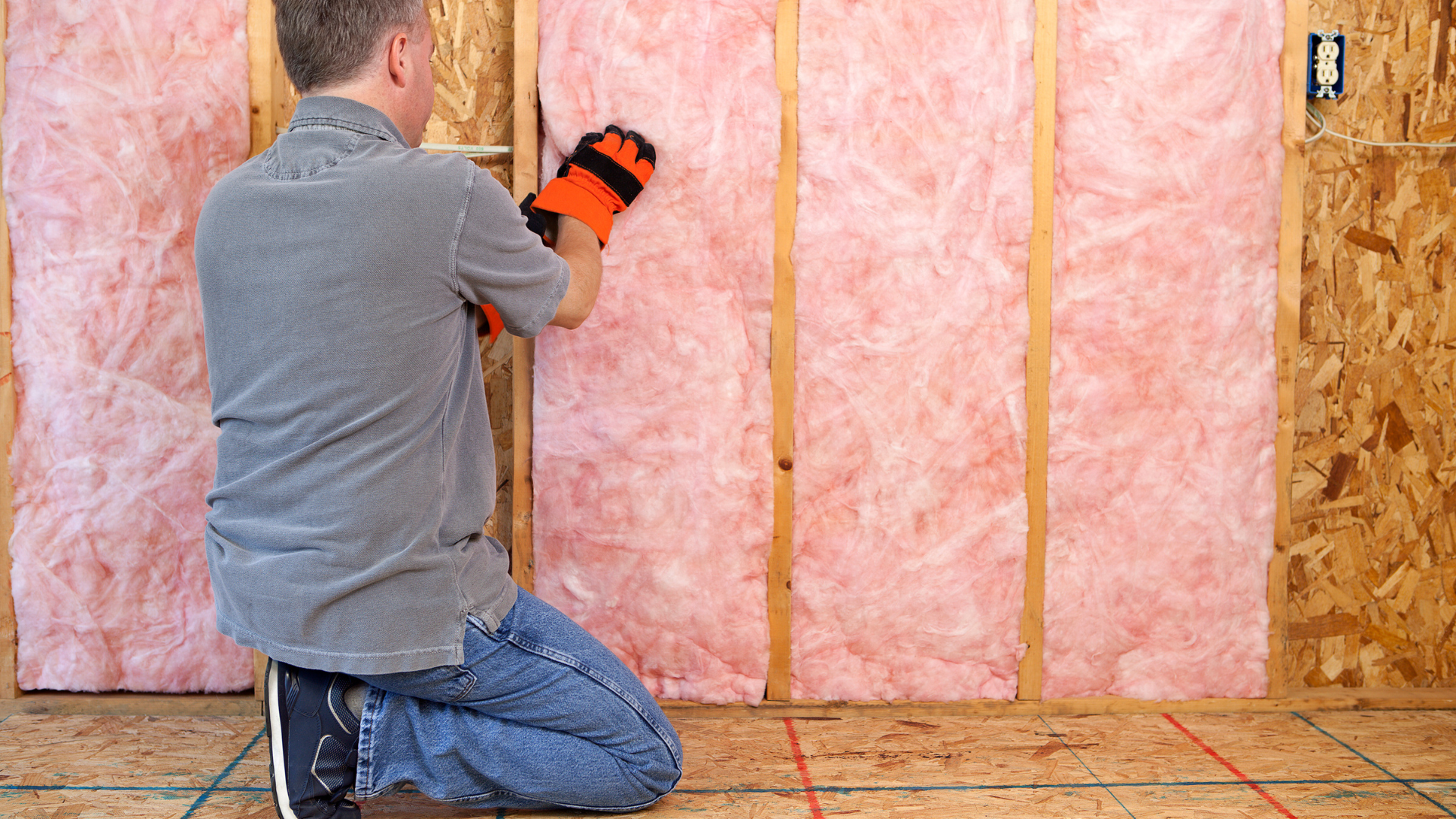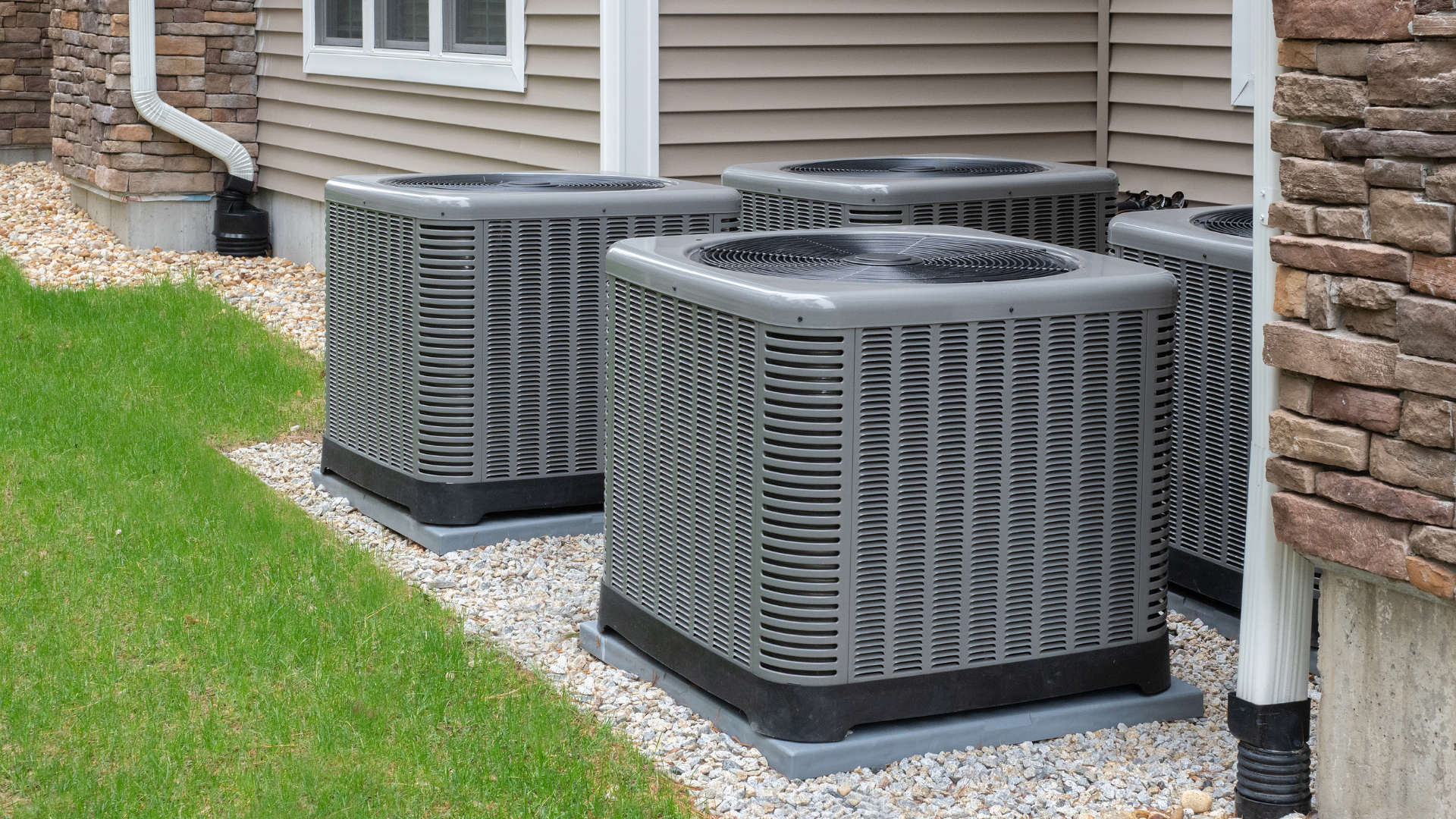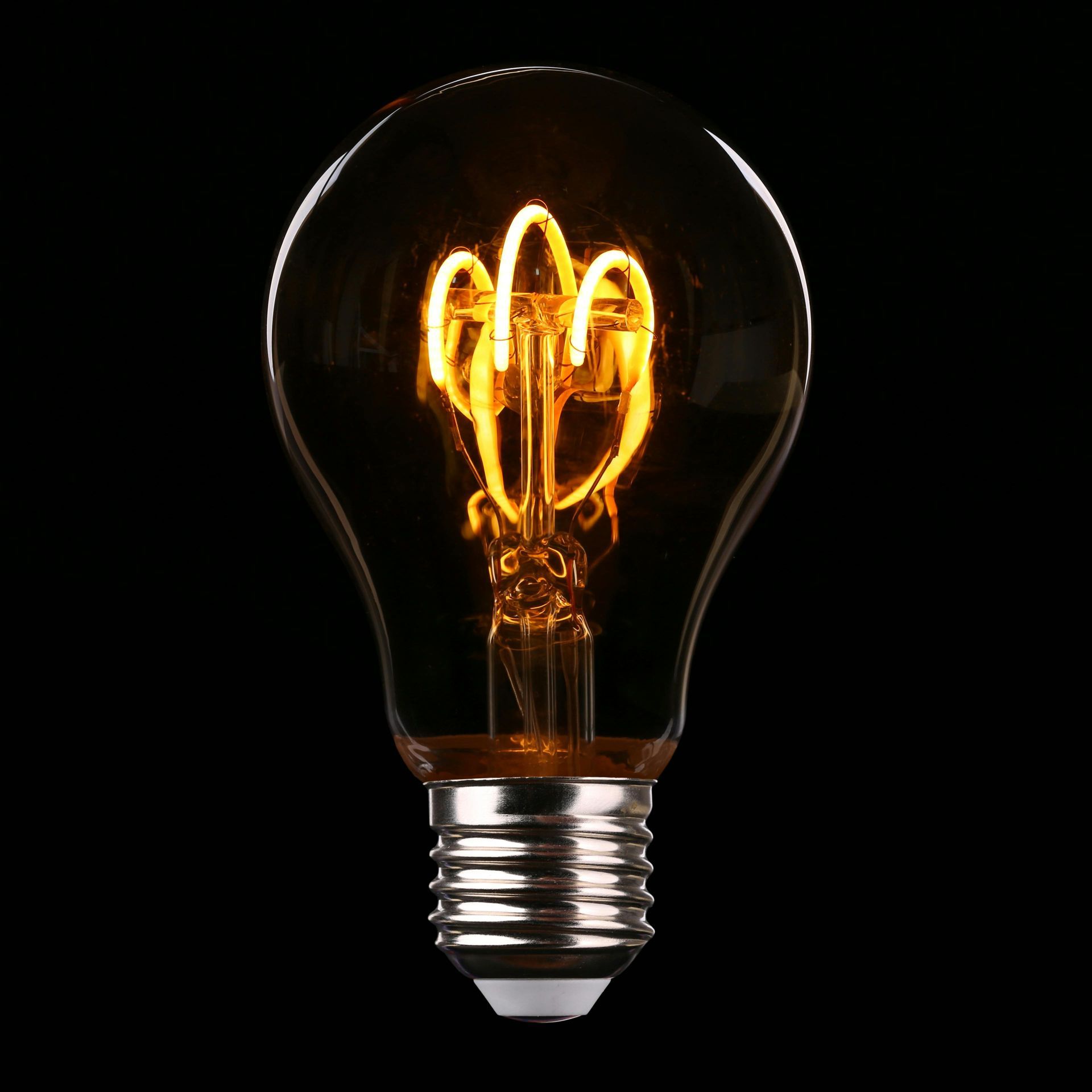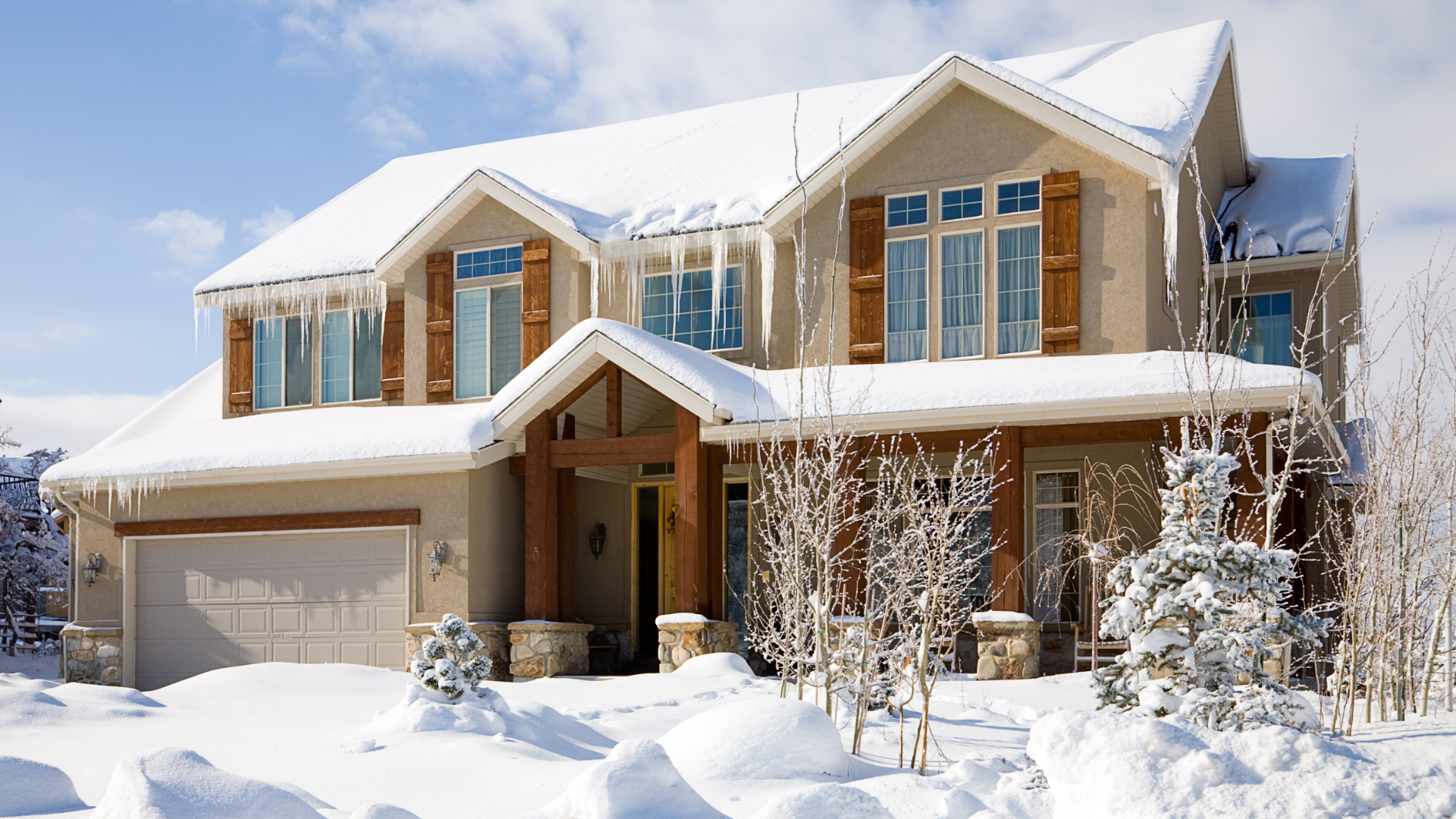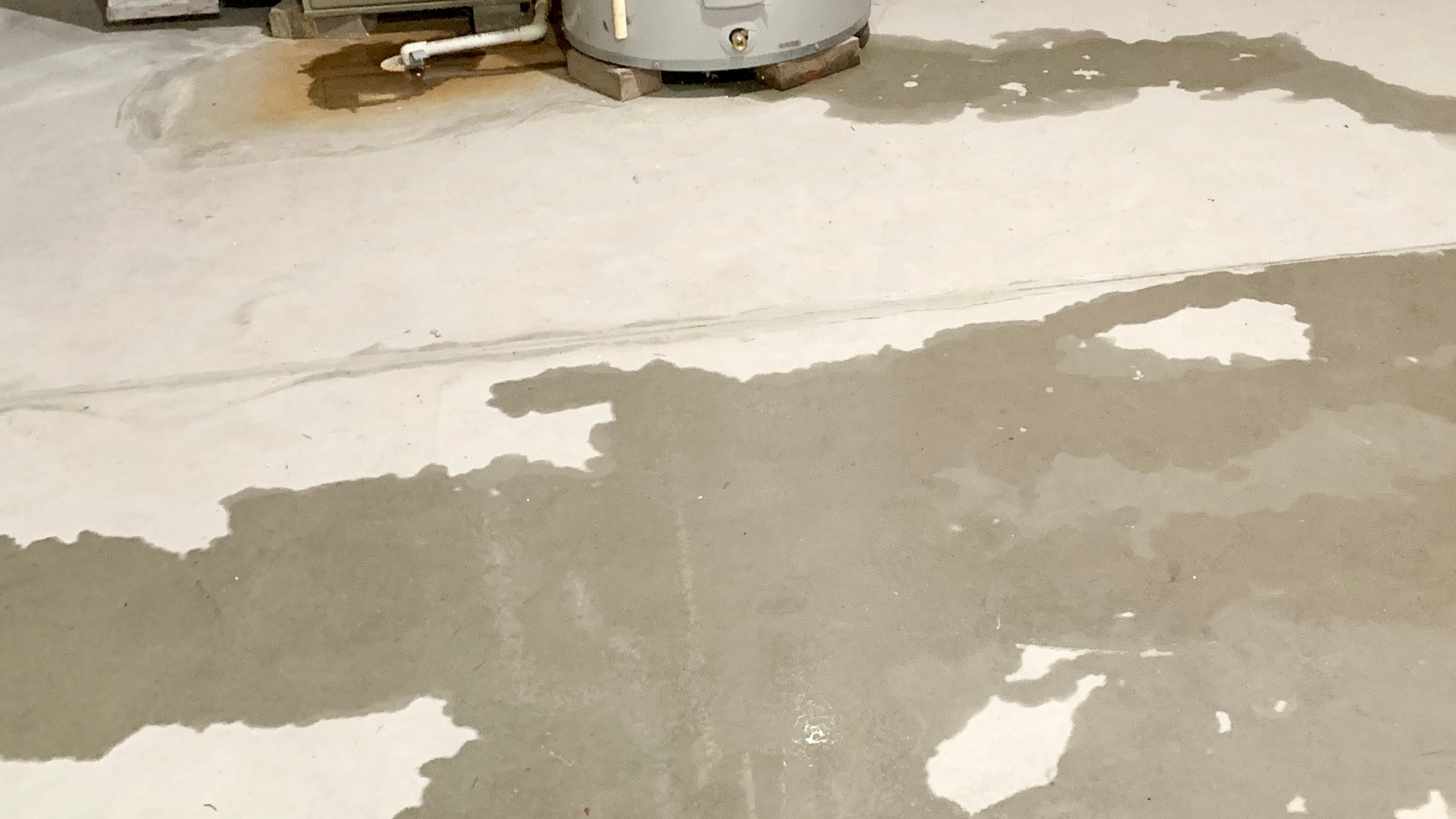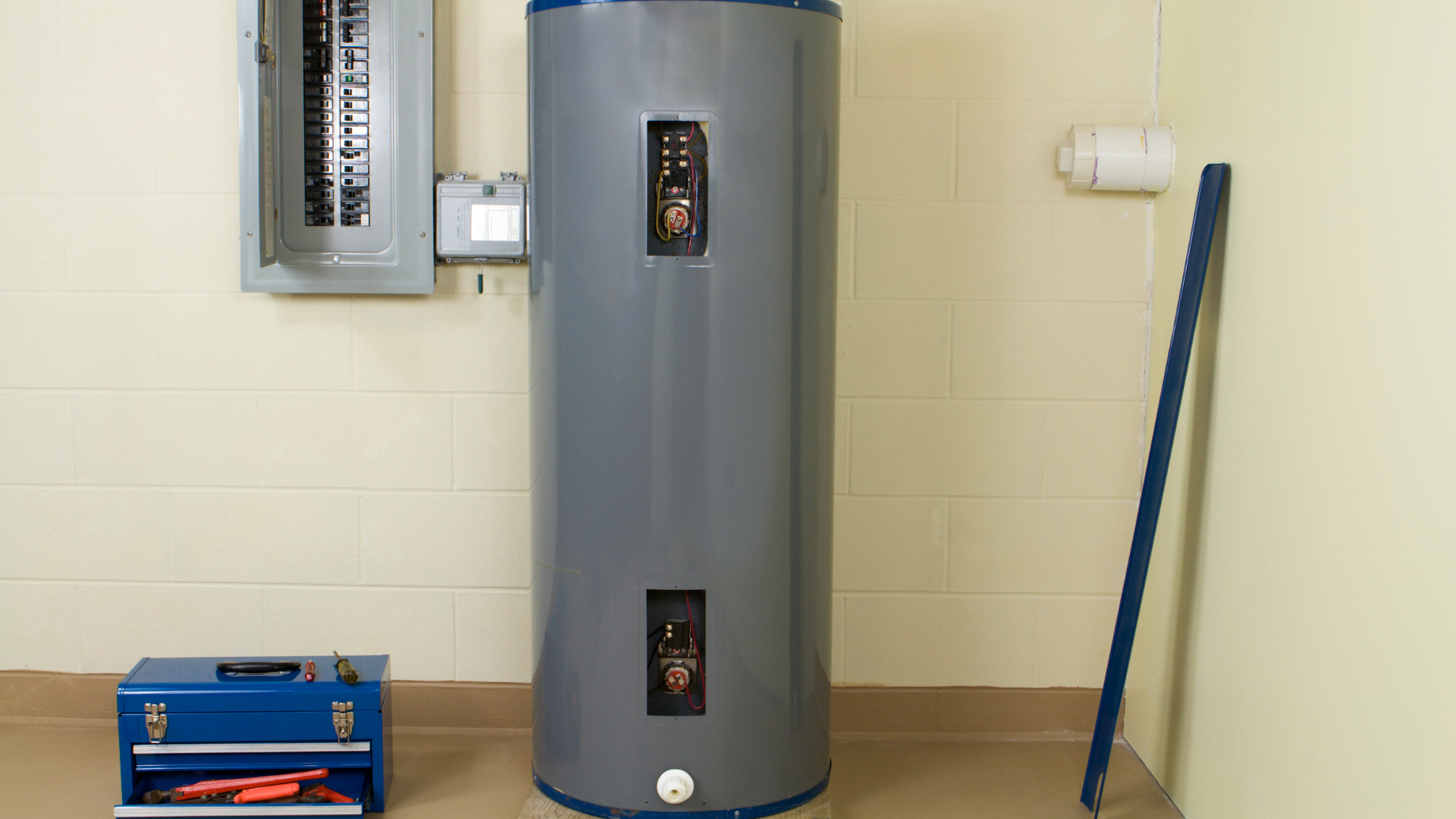Understanding Your Home's HVAC System: A Homeowner's Guide
Understanding Your Home's HVAC System

Your home's heating, ventilation, and air conditioning (HVAC) system is crucial for maintaining a comfortable indoor environment. But with various types and components, it can be a bit of a mystery. Let's demystify your HVAC system, explaining what each major component looks like, how it operates, and what you, as a homeowner, should know.
Furnaces: The Heart of Many Heating Systems
A furnace is a central heating unit that heats air and then distributes it throughout your home via a duct system.
What it Looks Like
Furnaces are typically large, rectangular metal boxes, often located in basements, utility closets, or attics. They have a flue pipe for exhaust and various access panels.
How it Operates
When your thermostat calls for heat, the furnace's burner ignites, heating a heat exchanger. A blower motor then pushes air over the hot heat exchanger, warming the air. This heated air is then circulated through your home's ductwork and out through registers. Combustion byproducts are safely vented outside through the flue.
What Homeowners Should Know
- Fuel Type: Furnaces can run on natural gas, propane, or fuel oil. Knowing your fuel type is important for maintenance and safety.
- Filters: Furnaces have air filters that trap dust, pet dander, and other particles. Regularly checking and replacing your furnace filter (at least every 1-3 months) is perhaps the most important maintenance task a homeowner can do. A dirty filter restricts airflow, reduces efficiency, and can damage the system.
- Ignition System: Modern furnaces use electronic ignition, while older models might have a pilot light.
- Safety: Carbon monoxide leaks are a risk with gas or oil furnaces if the heat exchanger is cracked or the flue is blocked. Install carbon monoxide detectors in your home.
What to Watch Out For
- Strange Noises: Banging, rattling, or squealing sounds can indicate issues with the blower motor, fan, or other components.
- Insufficient Heat: If your furnace isn't heating effectively, it could be a dirty filter, a malfunctioning thermostat, or a more serious mechanical problem.
- Frequent Cycling: If the furnace turns on and off too frequently, it might be an issue with sizing, a clogged filter, or a faulty thermostat.
- Yellow Pilot Light (for older models): A healthy pilot light should be blue. A yellow or flickering flame can indicate incomplete combustion and potential carbon monoxide.
Ductless Mini-Split Systems: Zoned Comfort
Ductless mini-split systems offer a flexible heating and cooling solution, especially for homes without existing ductwork or for additions.
What it Looks Like
A ductless system consists of an outdoor unit (condenser/compressor) and one or more indoor units (air handlers). The indoor units are typically sleek, rectangular boxes mounted high on a wall or sometimes recessed in the ceiling.
How it Operates
The outdoor unit contains the compressor and condenser coil, similar to a central air conditioner. Refrigerant lines connect the outdoor unit to the indoor air handler(s). The indoor unit contains an evaporator coil and a fan. In cooling mode, the indoor unit absorbs heat from the air and transfers it via the refrigerant to the outdoor unit, where it's released. In heating mode (for heat pump models), the process reverses, absorbing heat from the outside air and releasing it indoors.
What Homeowners Should Know
- Zoned Comfort: Each indoor unit can control the temperature in a specific zone or room independently, saving energy by only heating or cooling occupied spaces.
- Installation Flexibility: Because they don't require ductwork, mini-splits are easier to install in various locations.
- Efficiency: Many ductless systems are highly energy-efficient, especially those with inverter technology.
What to Watch Out For
- Ice Buildup: Ice on the indoor or outdoor unit can indicate low refrigerant, a dirty coil, or a fan issue.
- Leaking Water: If the indoor unit is dripping water, the condensate drain line might be clogged.
- Reduced Airflow or Cooling/Heating: This could be due to dirty filters (on the indoor unit), a coil issue, or a refrigerant problem.
- Unusual Noises: Rattling or grinding sounds from either unit should be investigated.
Split Systems: The Common Central HVAC
A split system is the most common type of central heating and air conditioning system in homes with ductwork. It "splits" its components between indoors and outdoors.
What it Looks Like
The system comprises an outdoor unit (condenser) and an indoor unit (typically an air handler or a furnace with an evaporator coil). The outdoor unit is a large, box-shaped metal unit with a fan on top. The indoor unit is often a vertical cabinet, usually in a closet, basement, or attic, connected to the home's ductwork.
How it Operates
In cooling mode, the indoor unit's evaporator coil absorbs heat from the indoor air. The refrigerant carries this heat to the outdoor condenser coil, where it's released into the outside air. The cooled air is then distributed through the ducts. In heating mode (if it's a heat pump split system), the process reverses. If it's a split system with a furnace, the furnace provides heat independently.
What Homeowners Should Know
- Dual Functionality: Most split systems provide both heating (via a furnace or heat pump) and cooling.
- Ductwork Dependence: These systems rely heavily on well-maintained ductwork for efficient air distribution. Leaky or uninsulated ducts can significantly reduce efficiency.
- Refrigerant: Refrigerant is the substance that absorbs and releases heat. Low refrigerant levels often indicate a leak, which needs professional repair.
What to Watch Out For
- Poor Airflow: Could be a dirty filter, blocked registers, or duct leaks.
- Warm Air from Vents (when cooling): Indicates a problem with the compressor, refrigerant, or indoor coil.
- Loud Noises: Grinding, squealing, or rattling sounds from either unit are red flags.
- High Energy Bills: An inefficient system often leads to a sudden spike in energy consumption.
- Water Leaks: Puddles near the indoor unit can signify a clogged condensate drain line.
Boilers: Hydronic Heating Specialists
Boilers provide hydronic heating, meaning they heat water which is then circulated through pipes to radiators, baseboard heaters, or radiant floor systems.
What it Looks Like
Boilers are typically large, often colorful (red, blue, or green are common) metal units, frequently found in basements or utility rooms. They have various pipes connected to them for water circulation and often a flue for exhaust.
How it Operates
The boiler heats water using natural gas, oil, or electricity. Once hot, a circulator pump pushes this water through a closed-loop piping system to heat emitters (radiators, baseboards, or in-floor tubing). As the hot water passes through these emitters, they radiate heat into the room. The cooler water then returns to the boiler to be reheated.
What Homeowners Should Know
- Radiant Heat: Boilers provide a different type of heat than forced-air systems – a more even, comfortable radiant heat that many find less drying.
- No Ducts: They don't use air ducts, which can be an advantage for indoor air quality as they don't circulate dust and allergens like forced-air systems.
- Maintenance: Boilers require regular inspections, including checking for leaks, proper water pressure, and burner operation.
What to Watch Out For
- Leaking Water: Any visible water leaks around the boiler or pipes indicate a serious problem that needs immediate attention.
- No Heat or Insufficient Heat: Could be due to low water pressure, a malfunctioning circulator pump, a pilot light issue (if applicable), or a problem with the burner.
- Banging or Gurgling Noises: Can indicate air in the system or a problem with water circulation.
- Pressure Issues: Both excessively high or low pressure on the boiler's gauge can be problematic.
Heat Pumps: Versatile All-in-One Systems
A heat pump is an electric heating and cooling system that moves heat rather than generating it.
What it Looks Like
Illustration licensed by Google
Heat pumps often look very similar to a central air conditioning unit – a large outdoor metal box with a fan on top. Indoors, they connect to an air handler or a furnace (often called a "dual fuel" system if paired with a gas furnace).
How it Operates
In cooling mode, a heat pump works just like an air conditioner, extracting heat from inside your home and expelling it outdoors. In heating mode, the process reverses: it extracts heat from the outside air (even cold air contains some heat energy) and transfers it indoors. During very cold weather, some heat pumps use auxiliary electric resistance heating to supplement their output.
What Homeowners Should Know
- Energy Efficiency: Heat pumps are highly efficient, especially in moderate climates, because they move heat rather than generating it.
- Dual Functionality: They provide both heating and cooling in one system.
- Temperature Limitations: Their efficiency can decrease in extremely cold temperatures, which is why they are often paired with a supplemental heating source (like a furnace) in colder climates.
What to Watch Out For
- Ice on the Outdoor Unit: While some defrosting is normal, excessive ice buildup can indicate a problem with the defrost cycle or low refrigerant.
- Reduced Heating/Cooling Capacity: Similar to an AC or furnace, if the heat pump isn't effectively heating or cooling, it could be a refrigerant issue, a fan problem, or a dirty coil.
- Loud Noises: Grinding, buzzing, or clicking sounds warrant investigation.
- Auxiliary Heat Running Frequently: If your auxiliary heat (often electric strips) is constantly running, even in mild weather, your heat pump might not be operating efficiently.
By understanding these core components and what to look out for, you're better equipped to maintain your home's comfort system and know when to call in a professional. Regular maintenance is key to the longevity and efficiency of any HVAC system!
Click Another Article to Read More

